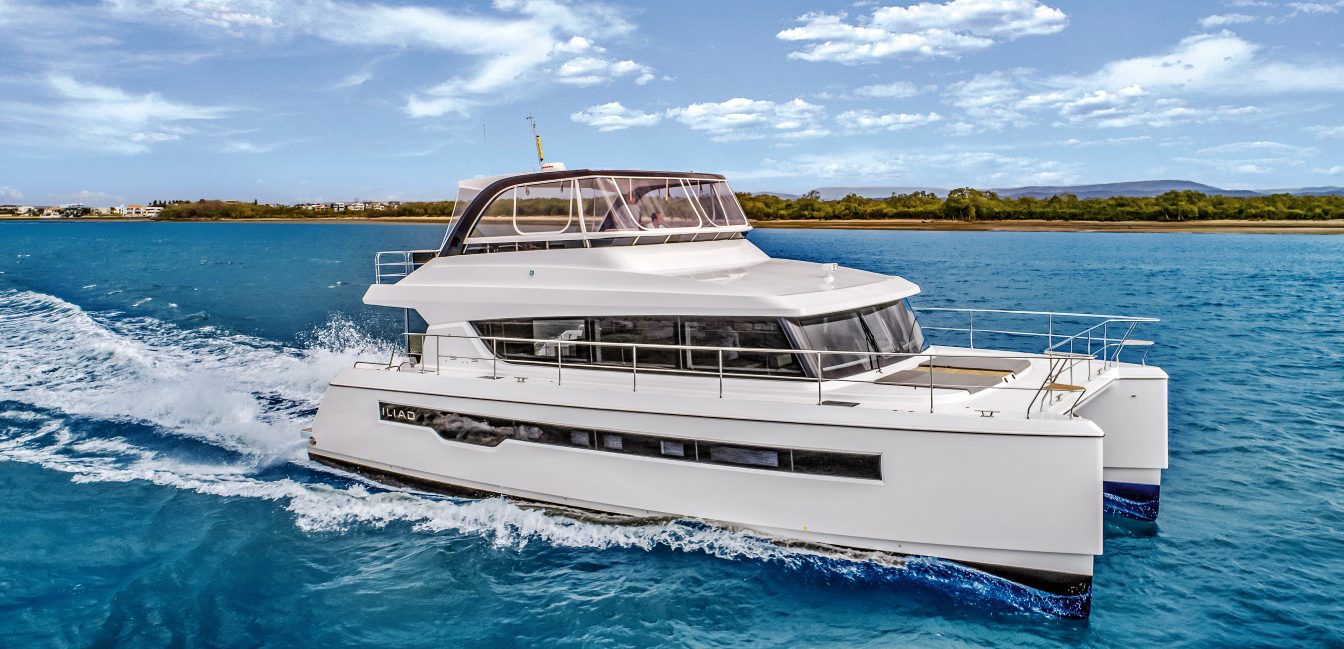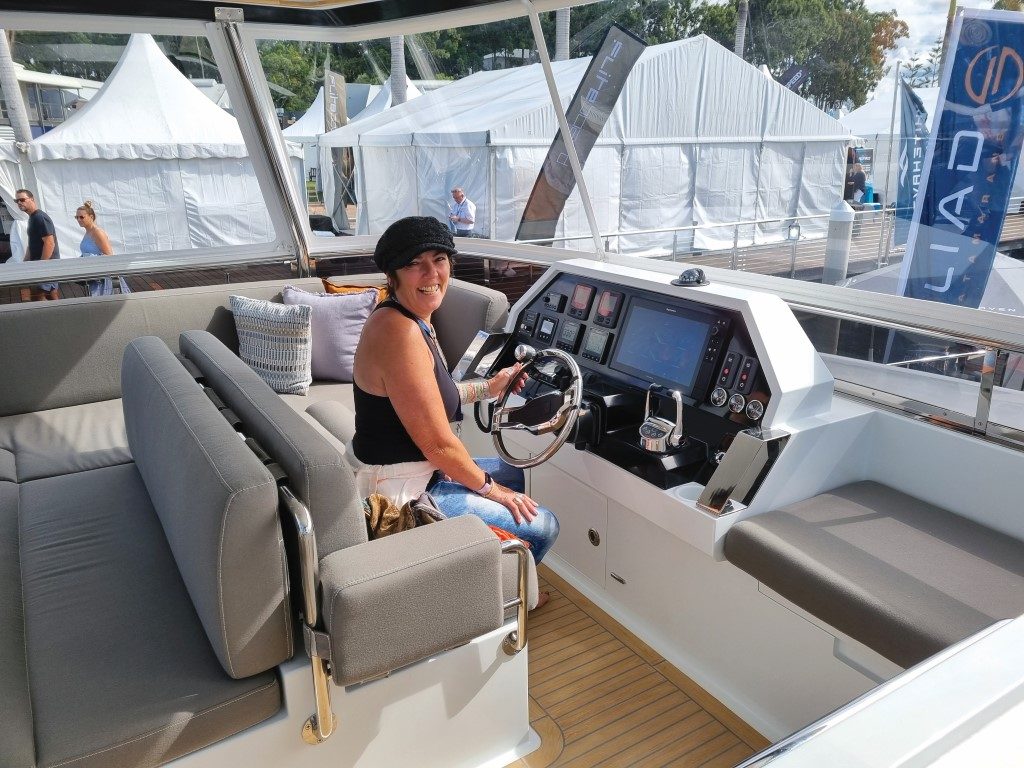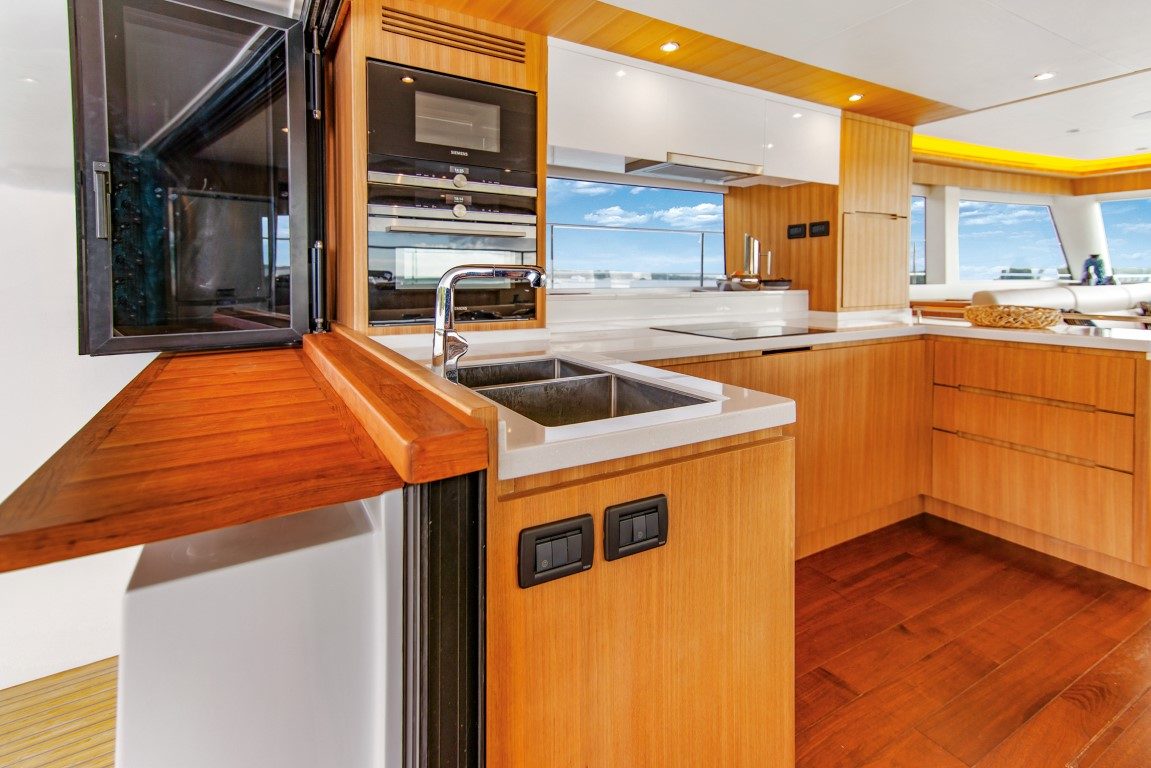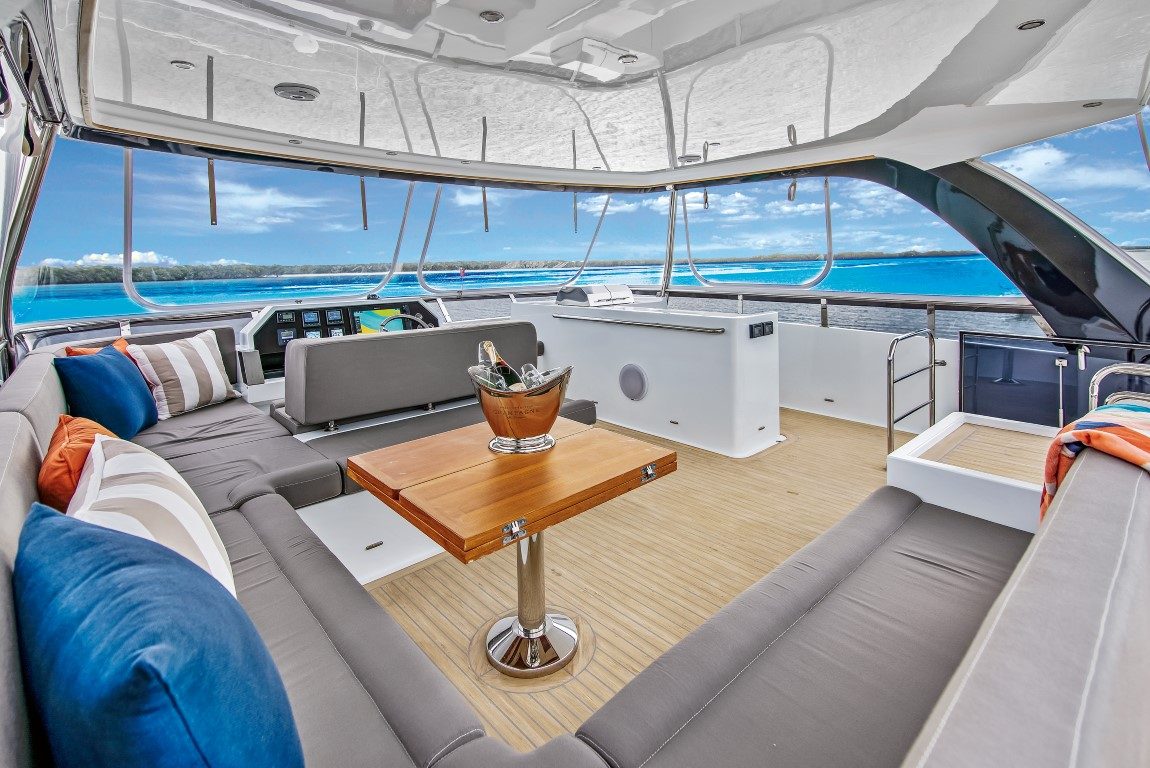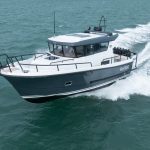‘Behemoth’ is a word which springs to mind or, perhaps more nautically, ‘leviathan’.
- Explorer credentials: range and comfortable cruising with a choice of engines
- Strongly constructed hull with shaft-drives that allow the vessel to be beached
- Large volume interior but with plenty of deck space as well

